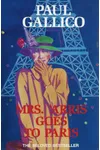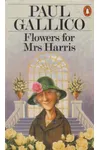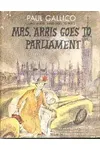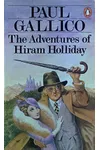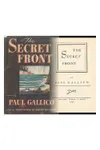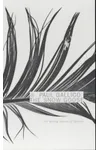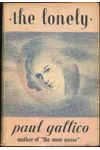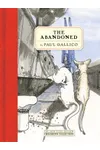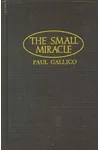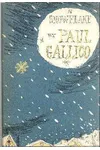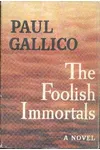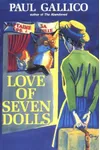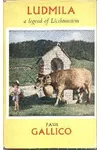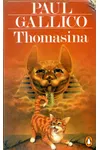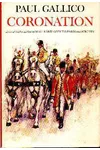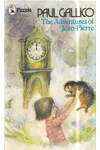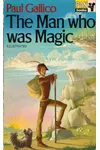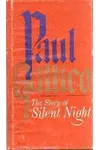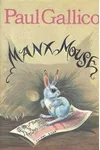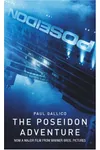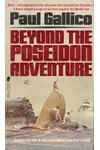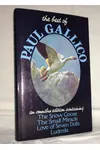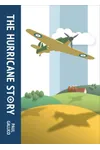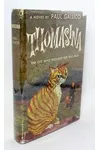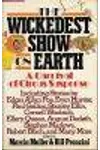Picture a sportswriter turned storyteller who spun tales of heartfelt adventure and quirky charm—meet Paul Gallico! Born in New York City to immigrant parents, this American author traded boxing rings for typewriters, crafting stories like The Snow Goose and The Poseidon Adventure that captivated readers worldwide. With a knack for blending sentiment with suspense, Gallico’s works remain timeless treasures.
From his early days sparring with Jack Dempsey to penning novels that inspired blockbuster films, Gallico’s journey was as colorful as his characters. His motto, 'I just like to tell stories,' shines through in every page, inviting readers into worlds of compassion, courage, and a touch of whimsy.
The Making of Paul Gallico
Born on July 26, 1897, to an Italian pianist father and Austrian mother, Paul William Gallico grew up in New York’s vibrant melting pot. After graduating from Columbia University in 1921, delayed by World War I service, he dove into journalism. At the New York Daily News, Gallico made waves as a sportswriter, famously getting knocked out by heavyweight champ Jack Dempsey to capture the thrill in words. His bold approach—challenging athletes like Dizzy Dean and Johnny Weissmuller—earned him fame as one of America’s highest-paid sportswriters.
By the late 1930s, Gallico pivoted to fiction, bidding adieu to sports with his essay Farewell to Sport. Settling in places like England and Liechtenstein, his global wanderings shaped a storytelling style that felt both universal and deeply personal.
Paul Gallico’s Unforgettable Stories
Gallico’s fiction sparkles with empathy and imagination. The Snow Goose (1941), a tender novella about a wounded bird, a reclusive artist, and a girl during Dunkirk’s evacuation, won the O. Henry Award and hearts worldwide for its poignant simplicity. Critic Robert van Gelder called it a 'timeless legend,' though its sentimentality stirred debate. Gallico, unapologetic, championed sentiment over cynicism.
The Poseidon Adventure (1969) redefined disaster fiction, its gripping tale of a capsized ship inspiring a 1972 blockbuster film. The Mrs. ’Arris series, starting with Mrs. ’Arris Goes to Paris (1958), follows a lovable London charwoman chasing dreams, from Dior dresses to Moscow adventures. Gallico’s animal tales, like Thomasina: The Cat Who Thought She Was God (1957), blend myth and whimsy, enchanting readers with their heartfelt depth.
His style—accessible yet profound—wove underdog stories with universal themes. Whether writing about cats, charwomen, or capsized ships, Gallico’s narratives pulse with compassion and a storyteller’s flair, often expanding magazine shorts into beloved novels.
Why Paul Gallico Matters
Gallico’s legacy lies in his ability to make ordinary characters extraordinary. His works, adapted into films, musicals, and even a Camel album inspired by The Snow Goose, bridged literature and pop culture. By championing sentimentality, he challenged literary snobbery, proving stories of hope and humanity resonate deeply. His influence on adventure and animal fiction endures, with fans like J.K. Rowling citing his work as inspiration.
From sports journalism to global storytelling, Gallico’s life was a testament to reinvention. His characters—be it a brave snow goose or a dreamy charwoman—continue to inspire, reminding us that simple stories can leave lasting ripples.
- Born: July 26, 1897, New York City
- Died: July 15, 1976, Monaco
- Key Works: The Snow Goose, The Poseidon Adventure, Mrs. ’Arris Goes to Paris, Thomasina
- Awards: O. Henry Award for The Snow Goose (1941)
Ready to dive into Gallico’s world? Snag The Snow Goose or Mrs. ’Arris Goes to Paris and lose yourself in his heartfelt, adventurous tales!
